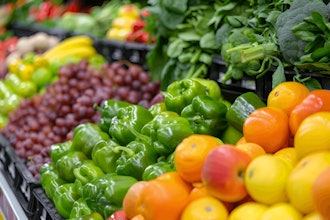
Whitney Economics, a cannabis and hemp business consulting, data, and economic research, has come out with a scathing rebuke of the USDA's recently released U.S. hemp market value study.
The USDA said all industrial hemp production for the United States last year totaled $445 million, up 40 percent from 2023. But Beau Whitney's firm conducted a basic review of the report and said it "paints an inaccurate picture" of the U.S. hemp cultivation market.
"It is way too low," he wrote. "How does $445 million of output produce a cannabinoid market of $28.4 billion? Simply put, it does not."
According to Whitney's analysis, the USDA used an average price per pound of $19.10 to calculate the value of the 2024 hemp flower crop.
"Based on data from Hemp Benchmarks, the average price per pound of hemp cannabinoid flower has consistently been in excess of $310. In December 2024, the price per pound topped $374," Whitney wrote. "If this is the case, then the value of the hemp flower crop would range from $6.5 billion to $7.8 billion. This is more in line with a cannabinoid end-product market that is valued at more than $28 billion. So either the USDA is wrong or Hemp Benchmarks is. They cannot both be true. [Whitney Economics] feels that Hemp Benchmark’s data is closer to the actual market price of the crop."
Whitney does offer some praise for the USDA, saying that its report does a good job illustrating the shift from cannabinoid production to fiber, grains and seeds, and examining the production output and yield per acre.
But overall, the firm said the report and its widespread distribution is "doing a disservice to the hemp industry" by conveying inaccurate data.
"This is impacting the investment opportunities and development of the infrastructure," he wrote. "The USDA has tried to use the same old formulas used to track soy, corn and wheat and apply them to hemp. This simply does not work. The inaccurate data is impacting the growth of the hemp market and shows that even after five years since the passage of the 2018 Farm Act, the USDA still does not collect and publish good data about what could be America’s fourth largest crop."






















